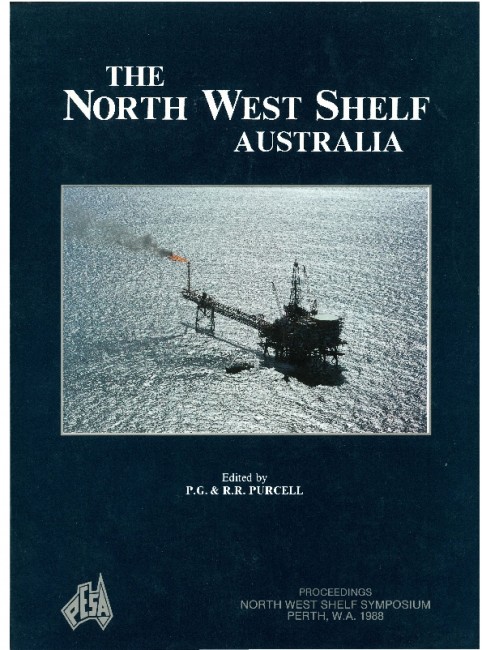Publication Name: The North West Shelf Australia
Authors: E. Delfos and R. Dedman
Date Published: July 1988
Number of Pages: 21
Reference Type: Book Section
Abstract:
The incentive for additional exploration on the Peedamullah Shelf is provided by hydrocarbon shows in some stratigraphic holes in the area. The close proximity to producing and existing oil and gas accumulations, including Barrow Island, Harriet, South Pepper, North Herald, Saladin, Tubridgi, Mardie-1A and Windoo-1A, gives further encouragement. Drilling on the shelf has identified good quality reservoirs within Lower Cretaceous sandstones, and reservoirs may occur in the Upper Triassic and Palaeozoic sections. Most of these potential reservoirs extend to the western edge of the shelf where they are in communication with the prolific Jurassic Dingo Claystone source rocks. The Dingo Claystone has the potential to expel eight billion barrels of oil, of which just over 10% has, so far, been discovered within the Barrow Sub-basin. This suggests that marginal areas, such as the Peedamullah Shelf could contain a portion of the remaining undiscovered reserves. On the Peedamullah Shelf, Palaeozoic fault blocks, angular unconformities, broad rollovers and stratigraphic pinchouts provide trapping mechanisms for the hydrocarbons either migrating out of the Barrow Sub-basin or generated within the shelf.Systematic seismic grids in the north-eastern sector of the shelf suggest that extensive Silurian to Permian sediments exist in north-westerly dipping fault blocks beneath a predominantly unfaulted Cretaceous to Tertiary sequence. A non-exclusive seismic survey shot in 1988 has provided additional information on the shelf in an area devoid of data, and will further elucidate the petroleum potential of the Peedamullah Shelf.


